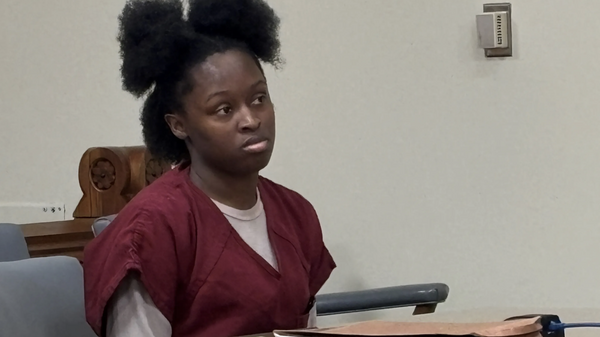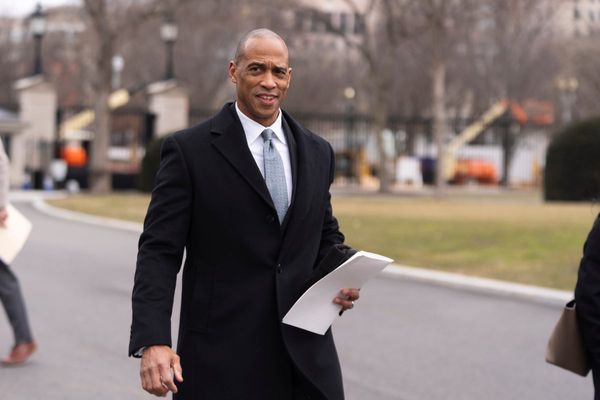When you don't have a lot of money to spend on clothes, the solution has long been found in fast fashion.
Brands like H&M (HNNMY) , Inditex (IDEXY) 's Zara and Fast Retailing (FRCOF) 's Uniqlo have, for years, offered clothes that cost very little compared to standard brands.
But in between supply chain disruption and inflation, affordable options are becoming significantly less affordable.
Uniqlo And The Cost Of Fleece
On June 7, Uniqlo owner Fast Retailing announced that it would be raising the prices by as much as $7.54 USD for its fleece and down jackets in Uniqlo's fall/winter collection
As Reuters reported, the rising cost of producing both materials has made it necessary for the Tokyo-based company to offset the expense with higher prices.
While this hike currently affects only Uniqlo's Japanese stores, fashion brands raising prices is part of a larger tendency.
"Our baseline is trying not to raise prices as much as possible," Takeshi Okazaki, chief financial officer at Uniqlo, said in a statement in January. "It will be extremely limited."
It wasn't long before new Uniqlo price hikes were announced.
Primark, H&M And Zara Are All Doing It
Primark, the Ireland-based retail subsidiary of Associated British Foods ASBFF, announced that it would be raising prices for the fall/winter season.
"With increasing inflationary pressure and dollar strengthening, we will implement selective price increases across some of our autumn/winter stock," ABF said in the April 26 earnings call.
Next NEXT, a rival British fast fashion brand, had earlier raised prices by an average of 6.5% for fashion and 13% for homeware items.
UBS Research found that Zara raised starting prices for certain items by as much as 10% each month since January, with its starting prices shooting up an average 18.5% in April alone.
After announcing anticipated price hikes of over 10% for certain items in March, H&M saw its shares plummet by as much as 13%.
Cheaper Things Are Not So Cheap Anymore
Both brands found a customer base by offering clothing that, while not designed to last long, sold for very low prices.
A Primark pair of jeans can go for $20 while a sweater currently sells for $12.
In many ways, those who rely on these types of stores for clothing are not given much choice.
Even after prices are raised, these chains remain significantly more affordable than the next rank in affordability.
Without discounts, jeans at Levi's (LEVI) go for an average of $70 while a shirt at The Gap (GAP) starts at $50.
Data from the Labor Department shows that apparel and footwear costs are up 6.8% from 2021.
In general, these types of hikes are most detrimental to those who already earn less than average and need the cheapest option to get by.
Grocery costs at dollar stores spiked by 14.3% from 2021 and 22.5% from 2020 while traffic at Family Dollar and Dollar General DG has been up a respective 20.4% and 28.2% since 2019.
Dollar Tree DLTR in January bumped most of its prices up 25%, from $1 to $1.25, in all of its stores.
As both food and clothing are both necessary to sustain life, the trend so far has been for people to continue buying and cut costs in other areas.
"Sales at apparel stores rose by 11.2% over the prior year, well above the prevailing rate of inflation for the category," Neil Saunders, managing director of GlobalData, told JustStyle magazine.
"A lot of this appears to be driven by consumers preparing their wardrobes for spring and summer, including the anticipation of travel and vacations."







